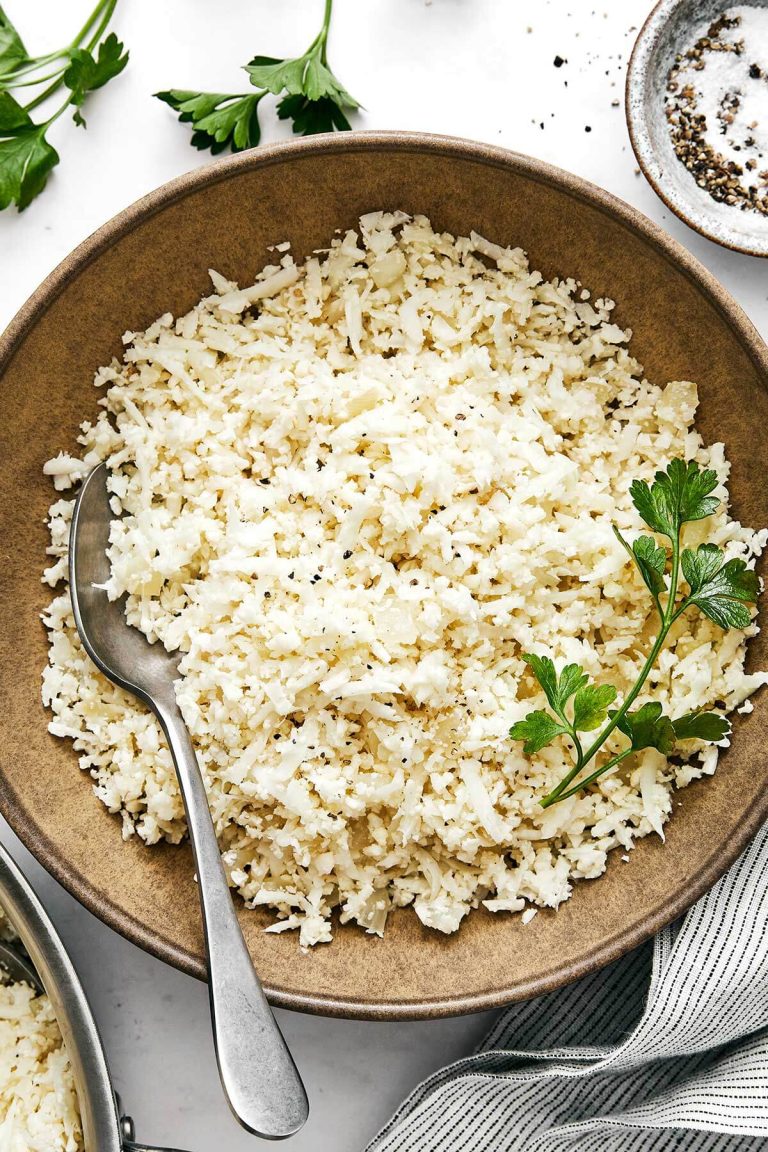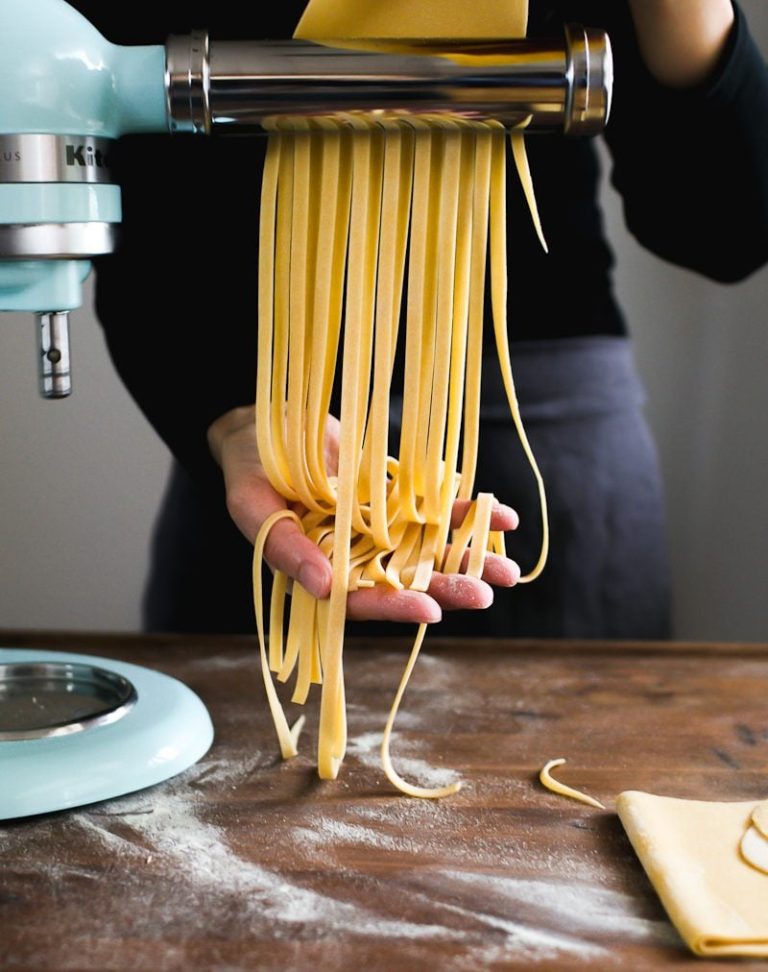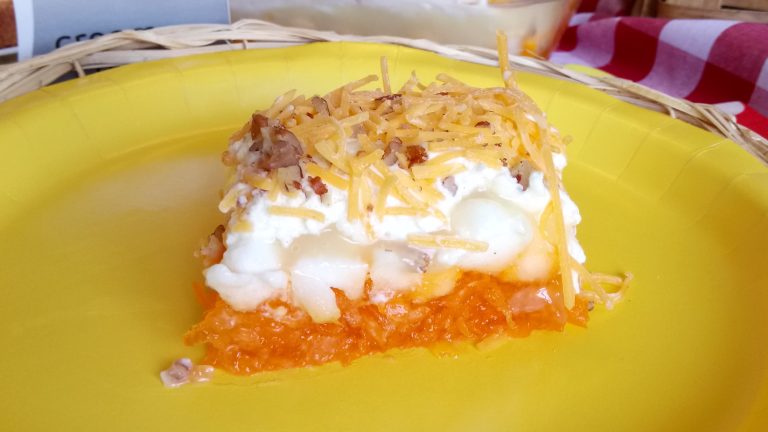Spanish Flan: History, Recipe, and Serving Tips
Spanish flan dates back to Roman times when it was called “flado,” a term referring to a flat cake. Ancient Romans introduced the basic concept of flan, initially using ingredients like milk, eggs, and honey. Later, Spanish cuisine adopted this dessert, transforming it into the creamy delight you recognize today. After the Moors brought sugarcane to Spain in the 8th century, the recipe evolved to incorporate caramel, a key element in modern Spanish flan.
Cultural Significance and Variations Across Spain
Flan holds a special place in Spanish culture, often enjoyed during festive occasions. In various regions, different versions exist, each reflecting local tastes and traditions. For instance, in Catalonia, you’ll find “Crema Catalana,” which features a citrus-infused custard with a caramelized sugar topping. In northern Spain, “Flan de Queso” includes cream cheese, offering a richer texture. These regional variations showcase the dessert’s adaptability and enduring popularity across Spain.
Key Ingredients in Traditional Spanish Flan
Essential Ingredients for Authentic Flavor
Traditional Spanish flan revolves around a few key ingredients that combine to create its iconic creamy texture and rich taste.
- Eggs: Egg yolks provide the custard its smooth consistency, binding the mixture.
- Sugar: Granulated sugar sweetens the custard; a portion caramelizes to create the distinctive top layer.
- Milk: Whole milk lends richness, giving the dessert its creamy texture.
- Vanilla: Pure vanilla extract enhances the custard’s flavor, adding depth.
- Caramel: Melted sugar creates a liquid caramel base, integral to traditional presentations.
Substitutes and Modern Adaptations
In modern kitchens, variations of Spanish flan have emerged to accommodate diverse tastes and dietary needs.
- Dairy Alternatives: Coconut milk or almond milk can replace whole milk for lactose-free versions.
- Sweeteners: Substitute sugar with agave syrup or honey for different flavor profiles or lower glycemic index options.
- Flavor Variations: Incorporate citrus zest or almond extract for unique twists on the classic vanilla flavor.
- Egg Replacements: For vegan adaptations, use silken tofu or plant-based egg substitutes to mimic the custard’s texture.
- Toppings: Consider adding berries or a dollop of whipped cream for enhanced visual appeal and flavor contrast.
These modern adaptations maintain flan’s beloved characteristics while meeting contemporary preferences and dietary restrictions.
Step-by-Step Recipe for Spanish Flan
Preparing the Caramel
Begin making the caramel first. Use a heavy-bottomed saucepan over medium heat and add 1 cup of granulated sugar. Stir the sugar constantly with a wooden spoon until it melts completely and turns a golden-brown color. Be careful not to burn the caramel as it can become bitter quickly. Once melted, immediately pour the caramel into a flan mold or individual ramekins, tilting to ensure even coating on the bottom. Let it cool and harden while you prepare the custard.
Mixing and Baking the Custard
Combine the custard ingredients. In a large mixing bowl, whisk 4 large eggs until well-beaten. Add 1 cup of granulated sugar and continue whisking until the mixture is smooth. Gradually pour in 2 cups of whole milk and 1 teaspoon of pure vanilla extract, stirring continuously. Ensure the mixture is well-blended without lumps.
Next, preheat your oven to 350°F (175°C). Pour the custard mixture over the hardened caramel in the flan mold or ramekins. Place the filled mold or ramekins in a baking dish, then fill the baking dish with hot water up to halfway up the sides of the mold (a bain-marie or water bath). This technique ensures even cooking and prevents the custard from curdling. Bake for 45-60 minutes, or until the custard is set but still slightly jiggly in the center. Use a knife to check; the blade should come out clean when inserted in the middle of the custard.
Remove the flan from the oven and let it cool to room temperature. Refrigerate for at least 4 hours, or overnight for best results. To serve, run a knife around the edges of the flan to loosen it, then invert it onto a serving plate. The caramel will flow over the custard, creating a glossy topping.
Serving and Presentation Tips
Ideal Presentation Techniques
To present Spanish flan attractively, begin by ensuring a smooth, consistent texture. Use a fine sieve to strain the custard mixture before baking to remove any egg bits. Once the flan is set and chilled, run a thin knife around the edge of the mold to loosen it. Place a serving plate over the mold and invert quickly, letting gravity help glide the flan onto the plate. The glossy caramel should spread over the flan, giving it an appealing look.
For a touch of elegance, consider adding decorative elements. Sprinkle finely chopped mint leaves or place a few edible flowers around the plate’s edge. Using a sauce brush, you can also create artistic caramel swirls or designs on the plate before placing the flan. These small touches elevate the presentation without overwhelming the dessert’s simplicity.
Accompaniments And Pairings
Enhance the flavor of Spanish flan by pairing it with complementary accompaniments. Fresh fruit such as berries, citrus slices, and mangoes provide a bright, contrasting flavor to the sweet, creamy custard. Arrange the fruits around the flan or create a vibrant fruit salad on the side.
For a more luxurious option, serve Spanish flan with a dollop of whipped cream or a scoop of vanilla ice cream. The richness of the flan and the lightness of the cream or ice cream create a delightful balance. Sprinkle a dash of cinnamon or nutmeg over the cream to add a hint of spice.
To complete the experience, pair Spanish flan with beverages like a strong espresso or a glass of sweet wine such as Moscatel. The robust flavors of these drinks counterbalance the dessert’s sweetness, providing a harmonious finish.
Conclusion
Spanish flan is more than just a dessert; it’s a piece of history and culture that brings people together. By mastering the recipe and presentation tips, you can create a flan that’s not only delicious but also visually stunning. Whether you’re celebrating a special occasion or simply indulging in a sweet treat, your homemade flan will surely impress. Pair it with the right beverages to elevate the experience and enjoy the rich, creamy delight that has been cherished for centuries.






